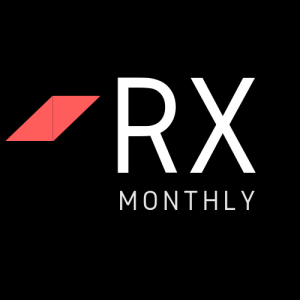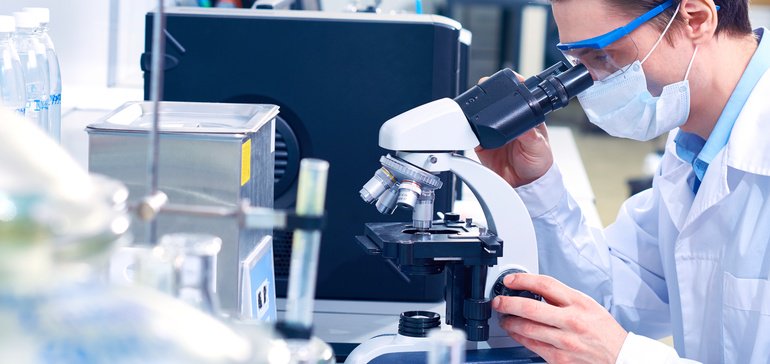Despite spending billions on R&D, big pharma doesn’t punch its weight in discovering the new molecules that eventually make it to market.
Instead, it’s often the smaller biotechs which are responsible for uncovering promising new therapeutic approaches. Progress in the clinic usually then draws the interest of larger drugmakers, spurring research collaborations, licensing deals or a buyout.
Increasingly, though, the minnows of the industry are opting to go it alone. Iqvia’s findings, detailed in a report released Tuesday, show so-called emerging biopharma companies both discovered and submitted to the FDA a greater share of newly approved drugs in 2018 than they did in 2010.
Iqvia defines emerging biopharma companies as those which spend less than $200 million a year on R&D or earn less than $500 million in annual revenue.
NAS = New active substances, EBP = Emerging biopharma Credit: “The Changing Landscape of Research and Development,” IQVIA Institute for Human Data Science
The FDA approved less than half as many drugs in 2010 as it did in 2018 — a record year — making the comparison not exactly apples to apples.
Still, it’s clear emerging biopharmas are responsible for much of industry’s overall R&D pipeline. More than 70% of the roughly 2,800 candidates in late-stage clinical testing were held by emerging biopharmas, a share that’s increased steadily over the past 15 years even as the total industry pipeline has grown.
“The dynamics of development, M&A and licensing activity seem to be shifting, and emerging companies are retaining control of their assets to a greater degree,” the Iqvia authors write in their report.
It’s a trend that’s caught the attention of drug development contractors like Lonza.
“Before, once a project made it to Phase 2, it was acquired by a large pharma,” Lonza CEO Marc Funk told BioPharma Dive in a recent interview. “That’s no longer such an obvious move.”
“Of course it exists and it will continue to exist,” he added. “But there are also some companies that have the momentum, the desire and the strategic direction to remain independent.”
Iqvia doesn’t single out any specific factor as responsible for more emerging biotechs choosing to go their own way. But the trend corresponds with an uptick in orphan drug research, which lends itself to smaller clinical trials and increased regulator support.
Roughly half of the 59 drugs approved in 2018 were supported by studies enrolling fewer than 500 patients, Iqvia found, and over 70% of that group advanced through the regulatory process under one of the four tracks set up to accelerate review of new medicines.
More venture capital money is flowing into the life sciences, too, giving smaller biotechs the capital needed to support their own clinical development. And, while 2019 started slow, public offerings in biotech have enjoyed a strong past several years.
Yet it’s worth noting that many of the drug approvals analyst predict will lead to commercial success come from big pharma. Think Gilead’s Biktarvy (bictegravir/embitcitabine/tenofovir alafenamide), Johnson & Johnson’s Erleada (apalutamide) or Novartis and Amgen’s Aimvoig (erenumab) — three drugs approved last year and pegged by Wall Street for billion-dollar sales.
And while small biotechs may increasingly be able to push drugs through the regulatory process, pharma can still provide the marketing muscle to quickly sell new medicines.
“These trends also reflect a pattern of risk mitigation where co-marketed launches may remain under the control of the EBP company until they prove successful enough that the other partner acquires them,” Iqvia’s report notes. “Indeed, some recent drugs that were EBP when they launched (or the EBPs themselves) were acquired by large pharma soon afterwards.”
Recent deals for Loxo Oncology, developer of Vitrakvi (larotrectinib); Tesaro, maker of Zejula (niraparib); or Spark Therapeutics, the biotech responsible for Luxturna (voretigene neparvovec) fit that description well.








